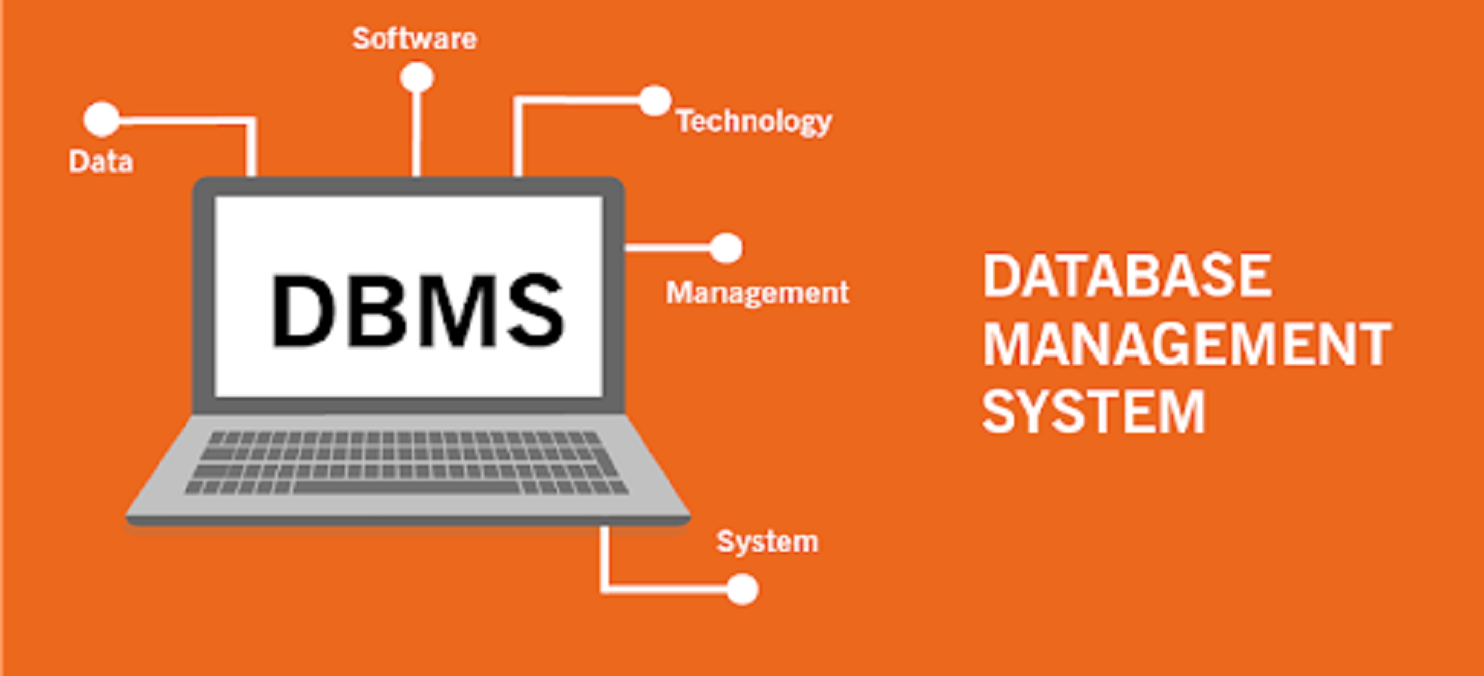About me
I am Md. Ali Akber, currently serving as a Lecturer in the Department of Software Engineering at Daffodil International University in Dhaka, Bangladesh. I hold a Bachelor of Science degree in Computer Science and Engineering from Ahsanullah University of Science and Technology. My educational endeavors have provided me with the opportunity to explore several disciplines related to computer science. Among these, I have developed a distinct passion for Natural Language Processing, Machine Learning, and Deep Learning, recognizing their unparalleled capacity to drive innovation and catalyze transformative change across industries.

Teaching
-
Daffodil International University
Lecturer
Department of Software Engineering
February 2024 - PresentCourses:
-
SE113: Introduction to Software EngineeringConducted in Spring 2024
Introduced students to the fundamentals of Software Engineering, covering SDLC models (Waterfall, Agile), software requirements specification, use case and UML diagrams, architectural and detailed design, software testing techniques, version control (Git), and basic project planning. Included team-based mini projects to apply engineering principles in real-world scenarios. -
SE133: Software Development Capstone Project LabConducted in Spring 2024 | Fall 2024
Supervised student teams in developing full-cycle software projects using the C programming language. Covered requirement analysis, modular design, implementation, testing, and deployment. Emphasized agile practices, Git-based version control, code documentation, and team collaboration. Projects culminated in live demonstrations and presentations to faculty evaluators. -
SE132: Data Structure LabConducted in Fall 2024
Hands-on lab focused on implementing core data structures using the C programming language. Topics included arrays, linked lists (singly, doubly, circular), stacks, queues, trees, graphs, and hash tables. Emphasized algorithmic problem solving, time and space complexity analysis, and practical coding through structured lab assignments and mini-projects. -
SE216: Object Oriented ProgrammingConducted in Fall 2024 | Spring 2025
Covered fundamental object-oriented programming concepts using Java. Topics included classes and objects, constructors, inheritance, polymorphism, abstraction, encapsulation, exception handling, interfaces, static members, and collections. Included practical coding sessions and assignments to reinforce design principles and reusable software development. -
SE216: Object Oriented Programming LabConducted in Spring 2025
Practical lab course focused on implementing object-oriented programming principles in Java. Covered classes and objects, constructors and destructors, access modifiers, inheritance, method overloading and overriding, polymorphism, abstraction, interfaces, exception handling, composition, method chaining, and use of collections. Included hands-on assignments and mini-projects simulating real-world scenarios. -
SE232: Operating System & System ProgrammingConducted in Summer 2025
In-depth course combining operating system principles with system-level programming in C and Linux. Covered process scheduling algorithms (FCFS, SJF, Round Robin, Priority), memory management techniques (paging, segmentation, page replacement algorithms like FIFO, LRU), deadlock handling (detection, prevention, avoidance), file system architecture, system calls, shell programming, process synchronization (semaphores, mutex), and inter-process communication (pipes, shared memory, message queues). Included practical system-level coding and OS simulation exercises. -
SE233: Operating System & System Programming LabConducted in Summer 2025
Practical lab conducted in Ubuntu Linux environment, focused on system-level programming and core operating system concepts using C. Lab exercises included implementation of CPU scheduling algorithms (FCFS, SJF, Round Robin), memory management techniques (paging, segmentation, page replacement), process synchronization using semaphores and mutexes, and inter-process communication through pipes, shared memory, and message queues. Emphasized hands-on exploration of OS internals and simulation of real-world system behaviors.
-
-
Southeast University
Lecturer (Part-time)
Department of Computer Science and Engineering
February 2025 - June 2025Courses:
-
CSE282: Introduction to Programming Language II (Java Lab)Conducted in Spring 2025
Introductory lab course on Java programming with a focus on object-oriented principles. Topics included data types, operators, control flow, arrays, methods, class and object creation, constructors, method overloading, inheritance, encapsulation, polymorphism, abstraction, and basic exception handling. Students practiced solving real-world problems using Java and reinforced core OOP concepts through lab-based tasks and assignments. -
BPH118: Fundamentals of ComputerConducted in Spring 2025
Introductory course designed to provide foundational knowledge of computer systems and applications. Topics included computer hardware and software components, number systems and binary arithmetic, operating systems, memory and storage, input/output devices, computer networks, internet basics, and an introduction to programming and problem solving. Included practical sessions on basic computing, file management, and MS Office tools.
-
-
Doctor of Philosophy (Ph.D.) in COMPUTER SCIENCE
Oakland University
2025 – Ongoing -
BACHELOR OF SCIENCE in COMPUTER SCIENCE AND ENGINEERING
Ahsanullah University of Science and Technology
2019 – 2023
Thesis title: "Personality and Emotion – A Comprehensive Analysis Using Contextual Text Embeddings (SBERT)"
Supervisor: Ms. Raqeebir Rab, Assistant Professor, Department of CSE, AUST -
Higher Secondary School Certificate
President Prof. Dr. Iajuddin Ahmed Residential Model School & College
2016 – 2018
Group: Science
Board: Dhaka Board -
Secondary School Certificate
President Prof. Dr. Iajuddin Ahmed Residential Model School & College
2015 – 2016
Group: Science
Board: Dhaka Board - Data Mining
- Machine Learning (ML)
- Deep Learning (DL)
- Natural Language Processing (NLP)
- Large Language Models (LLM)
- Computer Vision
- Image Processing
- Explainable AI (XAI)
- Generative Adversarial Networks (GAN)
- Deep Learning Frameworks: PyTorch, Keras, TensorFlow
- Specializations in Neural Networks, NLP, GAN, eXplainable AI and Computer Vision
- Pandas
- Matplotlib
- Version Control System: Git
- C & C++
- Python
- Java
- JavaScript
- HTML & CSS
- Ms SQL
- MySQL
- Oracle PL/SQL
- Firebase
- Test planning, creating comprehensive test cases, and meticulous execution
- Leveraging manual and automated testing methods, particularly Selenium
- Defect tracking and reporting using Jira within Agile/Scrum methodologies
- Test Management Tools: Jira
- Automation Testing Tools: Selenium
- Performance Testing Tools: JMeter
- CI/CD Tools: Jenkins
- Version Control: GitHub
- API Testing Tools: Postman
Educational Qualifications
Publications
Journal: Natural Language Processing Journal
Conference: 2023 IEEE Region 10 Symposium (TENSYMP)
Conference: 2024 6th International Conference on Electrical Engineering and Information & Communication Technology (ICEEICT)
Research Interests
Skills
Machine Learning/Deep Learning (ML/DL) Proficiency:
Programming Languages Expertise:
Database Mastery:
Software Quality Assurance (SQA) Skills:
Expertise in Testing Tools:
Undergraduate Course Projects [2019-2023]
Project 1


This machine learning project focuses on detecting personalities from social media posts through the application of contextual feature embedding. Python programming is employed to implement this analytical methodology.
Project 2


This Android app, created with Android Studio, follows SDLC and STLC for structured development and rigorous testing. It utilizes a Realtime Database for data management.
Project 3


This is a Fitness First Gym website, using HTML, CSS, PHP, and Bootstrap 5, provides gym information, membership purchases, and BMI assessment online. It uses MySQL to securely store user details for package purchases, ensuring an organized user information system.
Project 4


This is an action-packed treasure hunting game where players battle monsters and gather treasures for an exciting gaming experience. Created in C++ using the iGraphics library, it runs on Visual Studio, delivering thrilling adventures for all.
Project
5

This Database Management System project is tailored for a supershop's comprehensive management, handling import, export, and stock tracking. It employs Java with JavaFx library on NetBeans, enabling precise monitoring of item inventory and calculating financial profit or loss for the supershop's operations.
Project 6

This Distributed Database project incorporates an Employee Management System using PL/SQL, featuring the implementation of procedures, functions, and triggers. It effectively manages employee data across distributed databases with enhanced functionalities.
- © Ali
- Design: Ali Akber